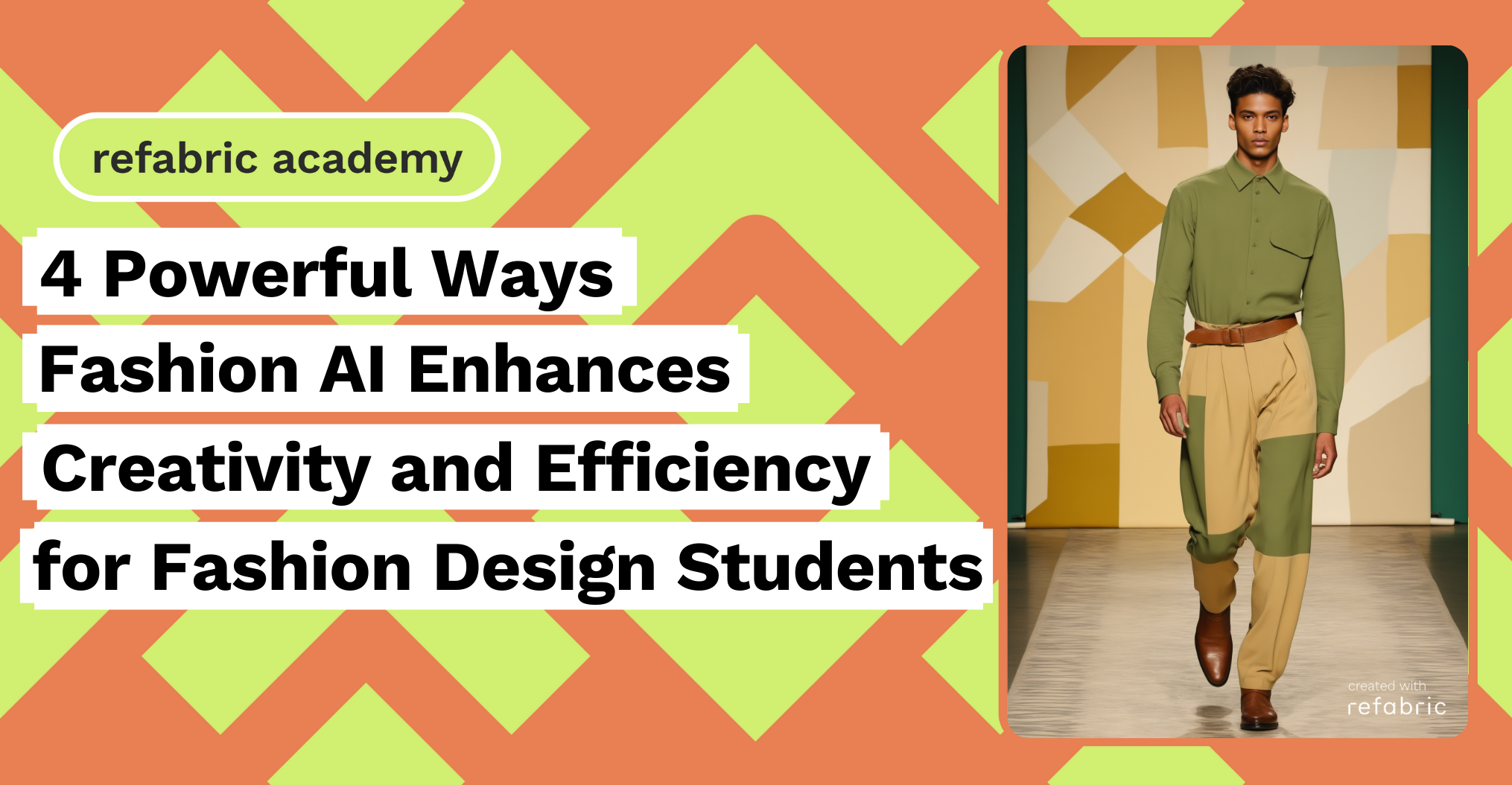The intersection of fashion and technology has given rise to groundbreaking innovations, and among these, fashion AI is reshaping how fashion design students approach their craft. In today’s competitive landscape, fashion AI is more than just a buzzword—it is a powerful tool that enables students to expand their creative boundaries, streamline workflows, and improve efficiency in unprecedented ways. With AI becoming an integral part of fashion design curriculums, students are gaining an edge that prepares them for the future of the fashion industry.
Fostering Creative Exploration
One of the most significant impacts of AI on fashion design education is its ability to unlock new levels of creativity. Students often struggle with translating their ideas from conceptual sketches to tangible designs. AI tools help bridge this gap by providing design suggestions, recommending patterns, or even generating entire design concepts based on inputs like color, texture, or silhouette. This collaboration between human creativity and machine intelligence opens up vast opportunities for experimentation.
AI-driven design platforms such as Refabric allow students to play with endless combinations of textures, fabrics, and prints, offering real-time feedback on how different elements interact. Instead of limiting their focus to what’s physically possible in the present, students can imagine and create futuristic designs that challenge the traditional boundaries of fashion.
Fashion AI also fosters more diverse design outcomes by analyzing global fashion trends and providing real-time data on what is currently resonating with consumers. Fashion students can use these insights to craft designs that align with market demands while pushing creative envelopes. The data-driven approach ensures that while their work remains avant-garde, it also carries a potential for real-world application.
Enhancing Efficiency Through Automation
Fashion design involves a number of repetitive tasks that can often stifle creativity. AI tools help automate several aspects of the design process, allowing students to focus more on their creative vision. For instance, pattern generation, which can take hours or even days by hand, is now possible with the click of a button through AI-powered software. Programs that use AI-driven algorithms can generate patterns tailored to specific designs, adjust measurements, and predict how fabrics will behave when constructed into garments.
Fashion AI also enables rapid prototyping through 3D modeling software, allowing students to visualize how their garments will look on a virtual model before ever cutting a piece of fabric. These digital prototypes save time, materials, and cost, enabling students to iterate on their designs more frequently and efficiently.
Furthermore, AI-powered inventory and resource management tools help students organize their fabrics, tools, and other materials effectively, ensuring they make the most of what they have at hand. This is especially valuable in educational settings where resources are limited, making it easier to plan and execute projects without unnecessary delays or waste.
Real-Time Trend Analysis with Fashion AI
Staying updated with fashion trends is critical for any designer. However, for students, keeping track of the fast-paced changes in the fashion industry while focusing on their coursework can be overwhelming. Fashion AI provides real-time trend analysis, which helps students stay ahead of the curve. By using AI tools that scrape social media platforms, fashion blogs, and online retail data, students can access current trends and consumer preferences, allowing them to design with a forward-thinking mindset.
Moreover, AI programs offer predictive analytics that forecast future trends, enabling students to create designs that are not only relevant today but also poised for future success. This insight helps students gain a deeper understanding of the fashion market, enhancing their ability to innovate in line with both present and upcoming demands.
Personalized Learning and Mentorship
In addition to aiding design processes, fashion AI is also transforming how fashion design students learn. Personalized AI-driven learning platforms can assess individual strengths and weaknesses, suggesting tailored lessons or resources to help students improve specific skills, be it technical drawing, garment construction, or color theory. Fashion AI mentors are available in the form of chatbots or virtual assistants, providing guidance on projects or offering immediate feedback.
Fashion AI tools can also simulate real-world fashion industry scenarios, allowing students to better prepare for professional challenges. These simulations include running virtual fashion shows, managing supply chains, or creating marketing campaigns—providing students with hands-on experiences that are crucial to their growth as designers.
The Future of Fashion Education
As fashion AI continues to evolve, its role in fashion education will only expand. Schools that integrate AI into their design programs are providing students with the tools and skills needed to navigate an industry that is increasingly driven by technology. By enhancing creativity, streamlining workflows, offering real-time insights, and providing personalized learning experiences, AI is truly transforming the fashion design student’s journey.
In a world where efficiency and creativity must coexist, fashion AI offers the perfect synergy. Fashion design students who embrace fashion AI are not just learning how to design—they are learning how to design smarter, faster, and with a far-reaching vision. This technological integration ensures that students will graduate as innovative, adaptable, and forward-thinking designers, ready to take on the challenges of the fashion world.
